Zulu Royal Attire – South Africa represents the rich cultural heritage and historical significance of the Zulu people. These royal garments are not just mere clothing; they embody a deep sense of identity, tradition, and status that is woven into the very fabric of Zulu society. Made from unique materials such as animal hides and natural fibers, these attires serve as symbols of power, respect, and cultural continuity, connecting generations and preserving the legacy of the Zulu nation.
The Historical Significance of Zulu Royal Attire
Zulu royal attire has a storied history that reflects the evolution of the Zulu kingdom and its leaders. It serves as a testament to the rich history and traditions of the Zulu people, capturing significant events and transformations over centuries.
Origins of Zulu Attire
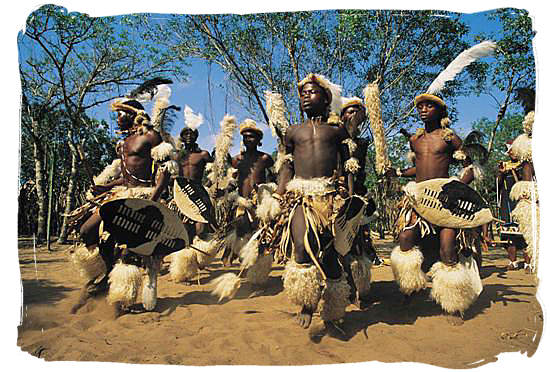
The origins of Zulu attire can be traced back to the early days of the Zulu kingdom. Traditional clothing was primarily made from readily available materials, such as animal skins and plant fibers. These materials were practical for the environment in which the Zulu lived, providing protection from the elements, while also allowing them to express their social identities.
The initial purpose of Zulu attire was functional, but as the Zulu people established themselves as a powerful kingdom, clothing began to take on greater significance. The embellishments and designs started to reflect social hierarchy, with certain patterns and colors reserved for the royal family and high-ranking individuals. This marked the beginning of attire transforming into a symbol of both authority and cultural pride.
Evolution through Colonization and Modernization
With the arrival of European colonizers in South Africa, the dynamics of Zulu attire began to change dramatically. Missionaries and colonists introduced Western clothing styles, leading many Zulu people to adopt hybrid forms of dress. However, despite the influence of Western styles, the Zulu maintained a strong connection to their traditional wear.
The resilience of Zulu culture enabled the preservation of traditional attire even amidst external pressures. As the years passed, Zulu royal attire adapted to include new materials while still honoring traditional forms. Today, contemporary artisans continue to create stunning renditions of these garments, infusing modern techniques with ancestral designs, ensuring that the legacy of Zulu royal attire remains alive.
Symbolism of Color and Design
Every element of Zulu royal attire carries profound symbolism and meaning. The colors used in the clothing often signify specific attributes or social standings. For instance, red might indicate bravery and valor, while black could denote maturity and wisdom. Furthermore, the patterns woven into the fabric tell stories of ancestry, heritage, and even tribal affiliation.
Designs are carefully chosen to reflect the wearer’s social standing. For instance, only those from noble lineage may adorn themselves with intricate beadwork or specific animal skins, such as leopard skin, which is considered an emblem of royalty. Understanding these nuances enriches the appreciation of Zulu attire, revealing it as an art form rather than merely a means of clothing.
The Role of Women in Zulu Royal Attire
Women play an essential role in the cultural tapestry of the Zulu nation, and their attire reflects their status, responsibilities, and contributions within society. The significance of women’s clothing cannot be underestimated when discussing Zulu royal attire.
Isicholo: The Crown of Married Women
One of the most recognizable pieces of Zulu women’s attire is the isicholo, a wide, flat hat traditionally worn by married women. This distinctive headpiece is more than just an accessory; it symbolizes a woman’s marital status and her commitment to her family and culture.
The making of the isicholo involves meticulous craftsmanship, where women use various materials, including grass and beads. The size and style of the isicholo can vary, with larger hats signifying higher status among married women. In ceremonies and gatherings, the presence of a woman wearing this hat communicates her importance within the community and reinforces the idea of women’s roles as custodians of culture and tradition.
Embroidery and Beadwork: A Testament to Skills and Heritage
In addition to the isicholo, Zulu women often embellish their attire with elaborate embroidery and beadwork. These decorative elements are not arbitrary; they possess deeper meanings and reflect personal stories, achievements, and familial connections.
Each bead color has its own significance, and patterns can indicate a woman’s age, marital status, or even her tribe. The skills required to create these artworks are passed down from generation to generation, fostering a sense of community and continuity. Furthermore, the incorporation of traditional motifs in contemporary designs showcases the adaptability of Zulu culture, highlighting how the past informs present practices.
Cultural Guardianship and Fashion Statements
Through their attire, Zulu women act as guardians of cultural heritage. By choosing to wear traditional garments on important occasions, they assert their identity and promote the significance of Zulu culture in the face of globalization.
Moreover, contemporary Zulu women have made strides in merging modern fashion with traditional attire, making bold fashion statements that celebrate their roots. Designers are now incorporating traditional elements into everyday wear, challenging stereotypes and showcasing the versatility and relevance of Zulu royal attire. This fusion of styles empowers women and encourages discussions about identity in today’s world.
Men’s Attire: Identity and Status in Zulu Culture

While Zulu royal attire for women garners much attention, men’s clothing equally represents identity and status within the Zulu kingdom. The garments worn by men reflect their roles in society, indicating their position within the family and community.
Umqhele: The Headgear of Kings
Men’s royal attire often includes a ceremonial headband known as umqhele, which signifies leadership and authority. Traditionally made from animal hide adorned with feathers, the umqhele is worn during important ceremonies and gatherings, marking the wearer as a respected leader within the community.
The design and adornment of the umqhele vary according to rank and occasion. Kings and chiefs may wear more ornate versions, reflecting their elevated status. In essence, this headgear acts as a physical representation of a man’s responsibilities and connection to his ancestors.
The Significance of Animal Skins
Zulu royal men often wear garments crafted from animal skins, most notably leopard skin, which is a powerful symbol of royalty. Wearing such materials is exclusive to individuals of noble birth or significant leaders, such as the izinduna (generals) and traditional chiefs.
This practice highlights a strict adherence to social hierarchies within Zulu culture. The choice of material conveys strength, bravery, and a deep respect for the ancestral spirits that guide their lives. The careful selection of animal hides demonstrates not only wealth but also a reverence for nature and its resources.
Patterns and Styles Reflecting Social Status
The manner in which men wear their attire speaks volumes about their social standing. Higher-ranking individuals often don elaborate designs with intricate patterns that set them apart from the general populace. Each style can imply different messages about a man’s achievements, lineage, and authority within the community.
For example, affluent members of Zulu society may accessorize their outfits with lavish jewelry made from metal and beads, further emphasizing their status. In contrast, simpler attire is more common among lower-ranking individuals. This stratification in attire serves as a visual language, allowing for immediate recognition of one’s place within the Zulu social structure.
Contemporary Influences and the Future of Zulu Royal Attire
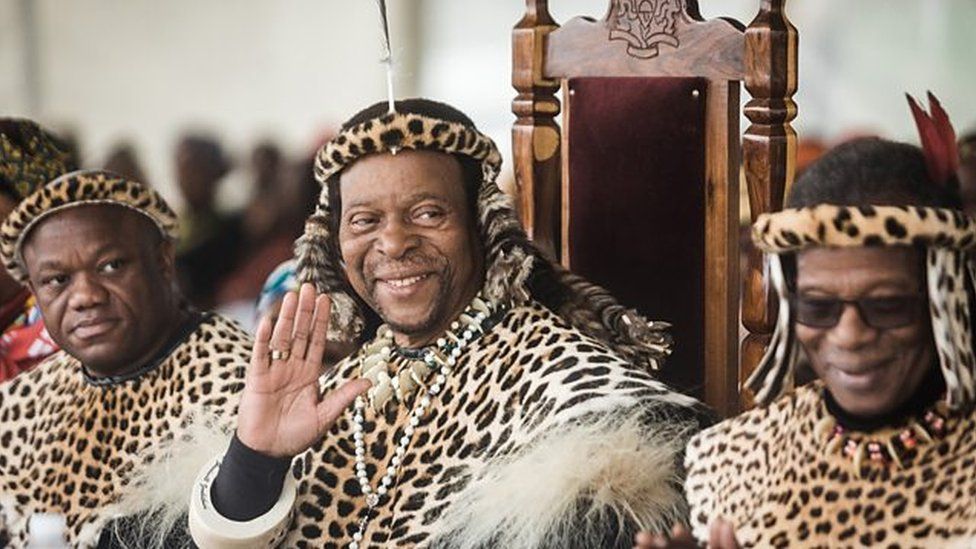
As South Africa continues to evolve, so does the interpretation and expression of Zulu royal attire. The influence of globalization and modern fashion trends raises intriguing questions about the future of these traditional garments and cultural practices.
Fusion of Tradition and Modernity
Many contemporary designers are increasingly finding inspiration in traditional Zulu attire. By blending modern fashion principles with authentic designs, they are creating unique pieces that resonate with both younger audiences and those seeking cultural expression.
This fusion is evident in various settings, from everyday wear to formal occasions. Young people are embracing traditional aesthetics while adding personal touches that reflect their individual identities. Thus, Zulu royal attire is witnessing a renaissance, demonstrating its relevance in today’s fast-paced world.
The Role of Technology in Preservation
Technology plays a pivotal role in preserving the fabric of Zulu culture. Social media platforms enable artists and designers to showcase their creations to a global audience, facilitating cross-cultural exchanges and dialogues. Moreover, digital tools allow for the documentation and sharing of traditional practices, ensuring they are not lost to time.
Online marketplaces provide opportunities for artisans to sell their handcrafted items, empowering local communities economically. The resurgence of interest in Zulu royal attire promotes sustainability and encourages the younger generation to engage with their heritage actively.
Challenges and Concerns
Despite the positive developments, challenges remain regarding the commercialization of Zulu royal attire. There is a growing concern about the appropriation of cultural elements by individuals who do not understand the significance behind them. This commodification risks diluting the rich heritage and deeply rooted meanings associated with traditional garments.
It is vital for communities to maintain control over their cultural expressions and ensure that they are represented authentically. Education and awareness campaigns can help combat misconceptions and foster respect for the history and values embedded in Zulu royal attire.
Conclusion
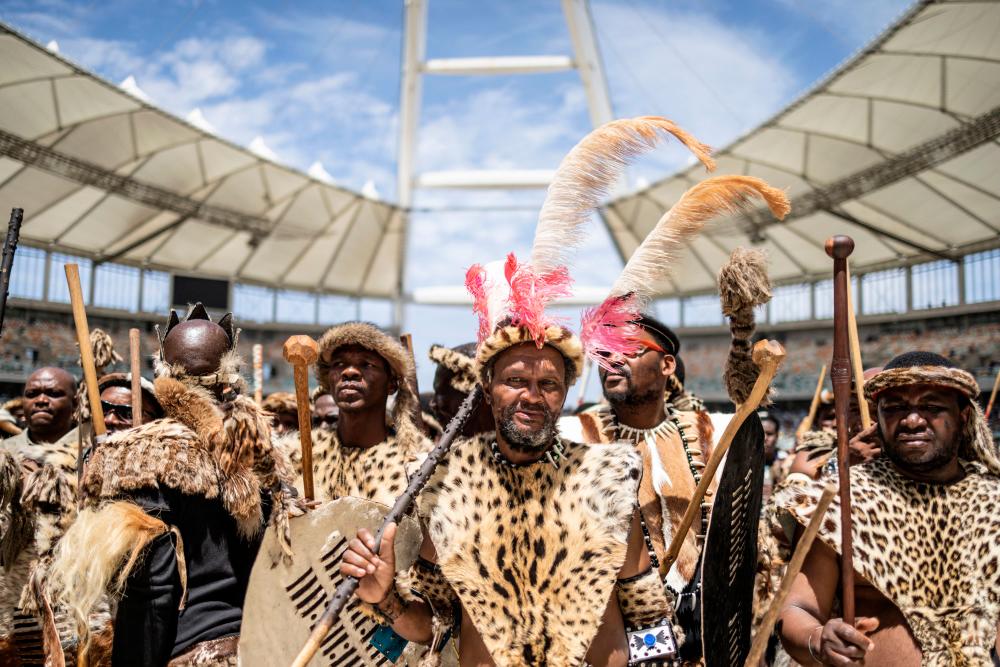
Zulu Royal Attire – South Africa encapsulates a rich tapestry of history, culture, and social identity. From the regal elegance manifested in the isicholo worn by women to the powerful symbols represented by the umqhele worn by men, every garment tells a story of resilience, pride, and connection to ancestry.
In navigating the complexities of modernity, the Zulu community continues to adapt while maintaining a firm grasp on their cultural heritage. The journey of Zulu royal attire illustrates the enduring power of tradition, serving as a bridge between generations and a beacon of hope for future cultural preservation. As we celebrate the beauty and significance of Zulu royal attire, we honor the spirit of a vibrant culture that remains steadfast in its identity.
✉️ Stay Connected — Subscribe for Weekly Updates
Discover timeless stories, practical wisdom, and beautiful culture — delivered straight to your inbox.
*We only share valuable insights — no spam, ever.

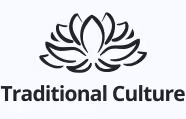
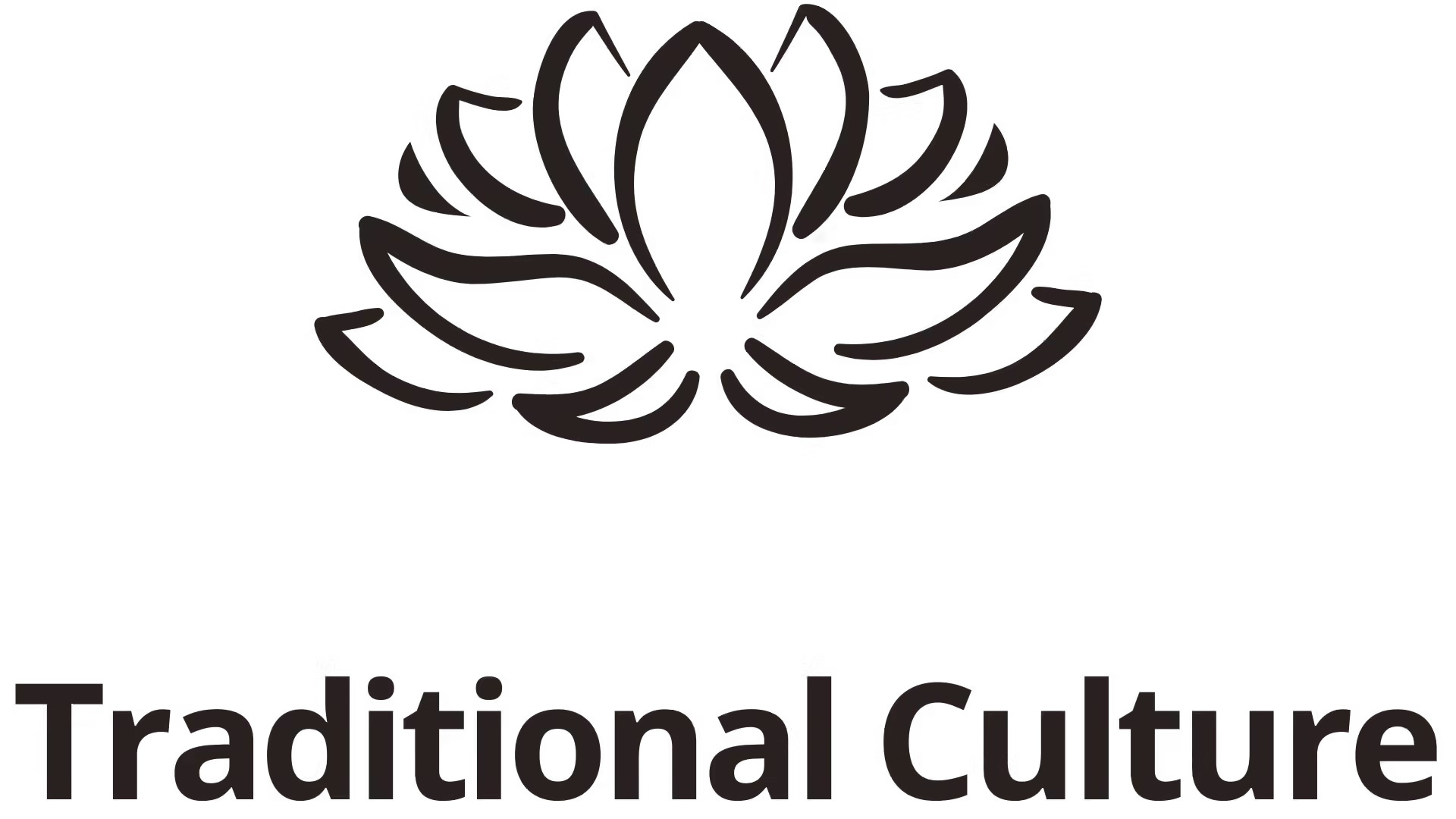


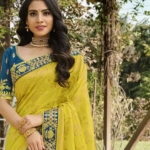

Buy Proxy Servers
Tháng mười một 21, 2024I’m really enjoying the design and layout of your site.
It’s a very easy on the eyes which makes it much more pleasant for me to come here and visit
more often. Did you hire out a developer to create your theme?
Outstanding work!
John Son
Tháng mười một 21, 2024thank you so much